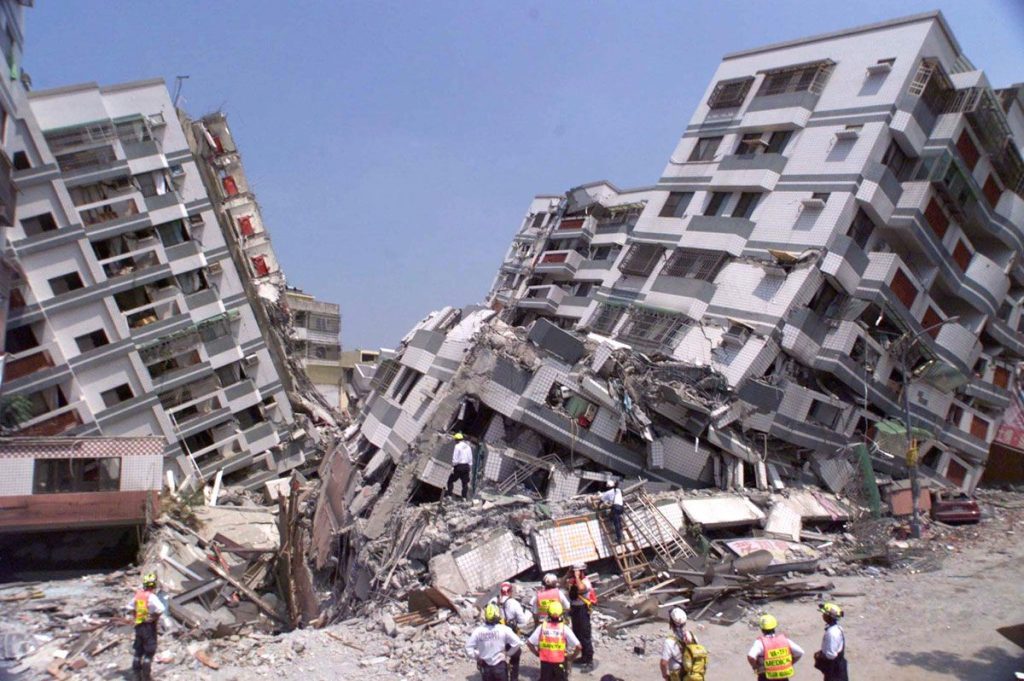Introduction
Construction project management is a complex and multifaceted discipline that plays a pivotal role in ensuring the successful completion of construction projects. From small residential renovations to massive infrastructure developments, effective project management is the bedrock upon which the entire construction process rests. In this comprehensive guide, we will delve deep into the key principles of construction project management, exploring critical aspects such as project scheduling, cost estimation, and risk management.
Defining Project Objectives The first step in construction project management is to define the project’s objectives clearly. Whether it’s building a new skyscraper, renovating an old residence, or constructing a bridge, understanding the project’s goals is fundamental. This chapter will discuss the importance of setting SMART (Specific, Measurable, Achievable, Relevant, and Time-bound) objectives and aligning them with the client’s expectations.
Feasibility Studies Before a project can proceed, it’s crucial to conduct feasibility studies. These studies evaluate the project’s technical, economic, legal, operational, and scheduling feasibility. We will explore how these studies help in making informed decisions about whether to proceed with a project.
Chapter 1: Project Planning
Project Scheduling Effective project scheduling is at the heart of successful construction management. We’ll delve into various scheduling techniques, including Critical Path Method (CPM) and Program Evaluation and Review Technique (PERT). Additionally, we’ll discuss the use of project management software to streamline scheduling and resource allocation.
Cost Estimation Accurate cost estimation is paramount to staying on budget. This chapter will explore different cost estimation methods, including analogous estimating, parametric estimating, and bottom-up estimating. We’ll also discuss the importance of contingency budgets and cost control throughout the project lifecycle.
Chapter 2: Risk Management
Identifying Risks Construction projects are inherently risky due to their complexity and the involvement of multiple stakeholders. We’ll discuss the process of risk identification, including the use of risk matrices and historical data analysis to identify potential risks.
Risk Mitigation and Contingency Planning Once risks are identified, it’s essential to develop mitigation strategies and contingency plans. We’ll explore various risk response strategies, from risk avoidance and risk transfer to risk reduction and risk acceptance. Additionally, we’ll delve into the creation of contingency plans to minimize the impact of unforeseen events.
Chapter 3: Communication and Collaboration
Stakeholder Management Construction projects involve a multitude of stakeholders, from clients and contractors to regulatory bodies and the community. Effective stakeholder management is vital for project success. We’ll discuss strategies for engaging and communicating with stakeholders to ensure alignment and transparency.
Team Collaboration A cohesive project team is the backbone of any successful construction project. We’ll delve into the importance of team dynamics, leadership, and communication within the construction project team. Strategies for fostering collaboration and addressing conflicts will also be explored.
Chapter 4: Monitoring and Control
Performance Measurement Continuous monitoring of project performance against established metrics is crucial. We’ll discuss the use of key performance indicators (KPIs) to assess progress, quality, and adherence to the project schedule and budget.
Change Management Changes are inevitable in construction projects. We’ll explore change management processes, including change requests, impact assessments, and change control boards. Effective change management ensures that project scope remains aligned with project objectives.
Chapter 5: Project Closure
Final Inspections and Quality Assurance As the project nears completion, quality assurance becomes paramount. We’ll discuss final inspections, punch lists, and the importance of meeting quality standards before project closure.
Handover and Documentation Proper handover of the project to the client involves the transfer of all project documentation, warranties, and maintenance manuals. We’ll explore the documentation process and its significance in ensuring a smooth transition.
Conclusion
Construction project management is a multifaceted discipline that requires a deep understanding of project initiation, planning, risk management, communication, monitoring, and closure. By adhering to the key principles outlined in this guide, construction professionals can navigate the complexities of the industry and increase the likelihood of delivering projects on time, within budget, and to the satisfaction of clients and stakeholders. As the construction landscape continues to evolve, effective project management remains the cornerstone of success in the industry.





